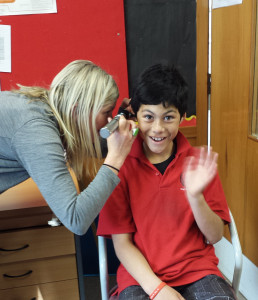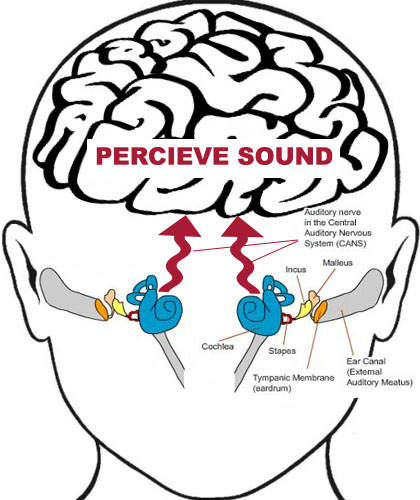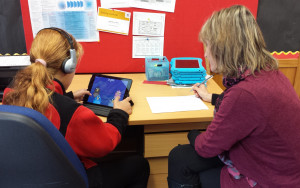Auditory Processing Disorder (APD) Screening
The Empowered Learning Trust is working collaboratively with a local schools to deliver screening and support systems that help identify students with auditory and visual processing issues. We have used ICEPT and Acoustic Pioneer to identify students with signs of APD.
What is Auditory Processing Disorder?
Children with Auditory Processing difficulties have normally functioning ears, and so are able to HEAR sounds well, but have a lot of difficulty when it comes to UNDERSTANDING what they hear.
The ears are not the cause for challenges in these children – rather it is the way the brain processes and interprets sound that is the difficulty.
A child with normal hearing that has APD could have the following problems:
-
poor listening skills
-
difficulty understanding in noisy environments
-
difficulty staying focused and concentrating, especially in a noisy room
-
trouble remembering information presented to them verbally
-
problems carrying out multi-step instructions
-
trouble locating sounds
-
difficulty with reading, spelling, comprehension and vocabulary
Auditory Processing has been defined by APD pioneer, Dr. Jack Katz, as “What we do with what we hear.” Our ears, when in a healthy, undamaged condition, are like precision microphones. But in order for them to work as intended, they depend on the processing of the central auditory nervous system (CANS) to receive their signals and convert them into meaningful, intelligible, and faithful reproductions of the sounds entering the ears.
In effect, we ultimately “hear” with our brain, not our ears.
Our staff use the ICEPT screening program to screen students.
ICEPT screening takes about 40 minutes on an ipad. Once students have been screened, the level of auditory and visual processing difficulties are calculated and a support program is tailored in ICEPT.
Children then participate in the ICEPT support program in the classroom 3-4 times a week for 15 minutes each session. ICEPT works to strengthen foundation skills that underpin learning and processing.
What are the ICEPT tests?
Eye Tracking – tests the rapid eye movements used for reading called “voluntary saccades”. It is not a pure test of eye movements however since this would require using an eye tracking device which is not generally used in clinical practice but it provides a conservative test of voluntary eye saccades (ie. if a problem is found it is likely WORSE when using an eye tracker). A problem with eye tracking can lead to skipping words or lines and can affect reading accuracy and fluency.
Visual Span – tests the window of visual attention to the left and right side of fixation (where we are looking). A reduced visual span leads to fewer letters seen per look. This has been reported in dyslexia along with poor phonological awareness and is associated with slower reading speed.
Visual Count – tests the number of elements that can be seen or counted per look. It is associated with basic arithmetic ability and probably helps with rapidly determining the length of a word.
Visual Spatial – tests how quickly number & letter direction can be assessed. It is frequently associated with poorly developed awareness of ones left and right side and can lead to losing place, poor spacing of letters when writing, and difficulty visualizing words.
Auditory Discrimination – tests a group of skills that require discriminating differences in sounds including volume, gap detection, frequency and temporal order. A problem with this can affect spelling and following instructions.



